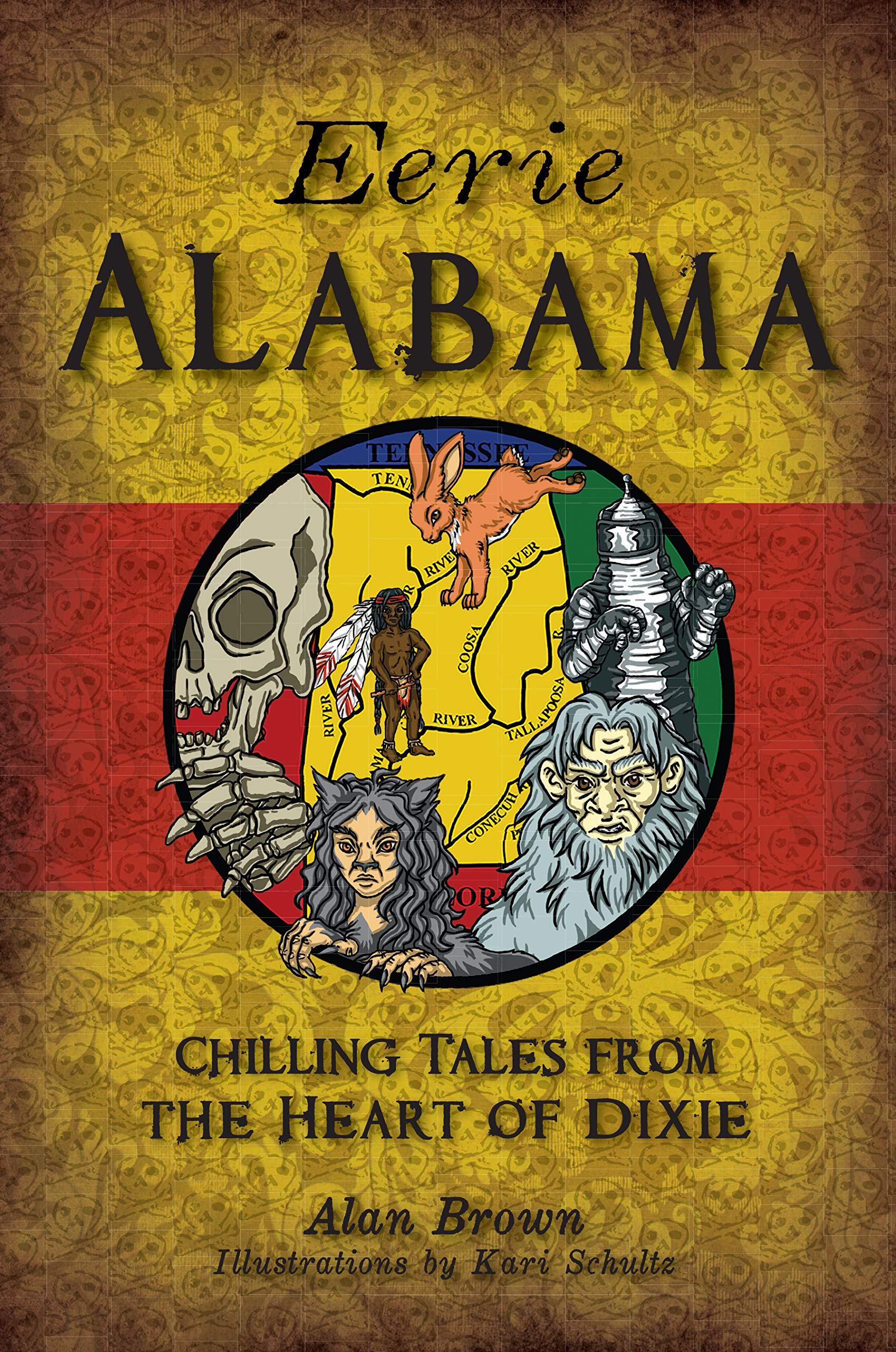When East Tennessee State University first opened its doors in 1911, it was a training school for teachers. ETSU still prepares teachers in grades P-12, but it also serves Northeast Tennessee’s health care system, educational systems, government agencies, and the general public. Sometimes, though, the University’s role as the region’s primary institution of higher education is eclipsed by its reputation as Tennessee’s most haunted university.
Sidney Gilbreath, the founding president of the University, is said to haunt the building named after him, Gilbreath Hall. In his ten years as president, Gilbreath battled with the state legislature and even with some of the faculty, but ETSU grew under his stewardship. He is a vigilant spirit who turns off lights and shuts doors and windows that are carelessly left open. One of the janitors working in the building described the ghost as a “fussy custodian.” Students say that he can be found in the top floor of the dormitory, which can be accessed only through a janitor’s’ closet on the floor below. Students enrolled in computer, math, science, and drama classes in Gilbreath Hall occasionally have what can best be described as a paranormal experience. One young woman was working in the computer lab late one night when all of the computers crashed simultaneously. When the lab assistant jokingly credited the resident ghost with the interruption, the girl felt a cold presence pass by her desk. She never returned to that particular computer lab again. Other students working in the computer lab have actually seen a male apparition who bears a strong resemblance to Sidney Gilbreath. A group of paranormal investigators called the Tri-Area Paranormal Research Group detected a cold spot near the catwalk doors overlooking Gilbreath Theater.
Another campus personality who haunts ETSU is Christine Burleson. A graduate of the normal school, Christine went on to earn master’s degrees from Columbia University and from Oxford University. Afterwards, Christine returned to ETSU, where she taught courses in Shakespeare for many years. When she was in her sixties, she became confined to a wheelchair after contracting a debilitating disease. Concerned that she would eventually become a burden to her loved one, Christine shot herself in the head in the early 1970s. Her ghost seems to have taken up residence in the building named after her, Burleson Hall. For one month in 1988, a faculty member heard the unsettling moaning sounds in his office. Over the years, the story has arisen that Christine’s ghost is inhabiting the portrait of her father, David Sinclair Burleson, on the second floor. Supposedly, the artist modeled David’s eyes after Christine’s. Sometimes, people who gaze at the portrait sense that the eyes follow them around. During a late-night investigation of the building, the Tri-Area Paranormal Research Group captured the image of what they described as a “shadow person” on the second floor.
Mathes Hall is haunted as well. Custodians walking the halls at night have heard disembodied footsteps walking right behind them. Whenever the custodians stop walking, the entity following them stops as well. In his book Haints, Witches, and Boogers, Charles Edwin Price tells the story of a female custodian who was taking a break in the janitor’s closet when she heard a loud crashing sound from the floor above. She climbed the stairs and walked down the hallway, but found nothing out of order. The custodian returned to the closet and had just sat down when she heard the crashing sound a second time. Terror-stricken, she called a friend and talked to her on the phone until quitting time. The identity of the ghost roaming Mathes Hall has never been determined.
Lucille Clement Hall, the women’s dormitory on the west end of campus, is also haunted by an unknown spirit. Many residents of the dorm have heard the sound of marbles dropping on the hallway floor, especially at night when they were trying to sleep. They have also heard a little boy playing in deserted halls. Students tell the tale of a little boy who was trapped just before the foundation was laid. He tried to alert the workers by throwing marbles, but no one heard him. The child was buried in cement, and his body has never been recovered. His ghost still tries to attract attention of people in the building to this day. In another version of the story, the child was playing on the work site when he dropped one his marbles. He reached out to grab the marble, lost his footing, and plummeted off the building to his death. Apparently, the boy’s spirit has a mischievous streak. A girl who was taking a shower said that she heard someone breathing in the bathroom. She quickly opened the shower curtain in the hope of catching the intruder unawares, but no one was there. She stepped back into the stall and resumed her shower, but a few minutes later, she heard the breathing again. Once again, no one was there. After she finished her shower, the girl reached for her clothes and discovered that they were no long hung up. Instead, they were lying in the hallway. The playful ghost also toys with electrical appliances. A resident named Hailey Wix said that once in a while, the ghost turns off her magnifying mirror. One time, a rapping sound came from the mirror. After Hailey unplugged the mirror, the rapping sound stopped. Another student, Bethany Eldrige, had just finished heating a plate of lasagna. She had just set her meal on the bed when, all of the sudden, the plate flipped upside down and hit the floor.
The most haunted building on campus was Cooper Hall, which was originally a private residence owned by a wealthy businessman named George Carter. Carter, who donated the land on which ETSU was founded, had a daughter named Alice. The lonely girl fell in love with a local boy, but her parents refused to allow them to marry. Despondent, Alice committed suicide by ingesting rat poison. Wracked with guilt, Carter installed a stained-glass portrait of his daughter in his mansion. After Carter died in 1936, the University purchased the house and converted it into a dormitory for senior women. Before long, residents complained of hearing singing in the halls and screaming during the night. When missing objects turned up after a few days, the girls blamed the prank on the ghost of Alice Carter. They also spread stories of her ghost peeking through the doors to their rooms at night. Ironically, a Johnson City historian who was conducting research on the hauntings in the dormitory discovered that the Carters had a son, not a daughter, and that he was the model for the stained glass portrait. The dormitory was razed in 1984, ostensibly because it had deteriorated beyond repair. However, according to the rumor mill, the administration destroyed the old mansion because no one wanted to live there.
Incredibly, Eastern State Tennessee University has never offered and workshops or seminars on the paranormal. However, in 2007, a group of ETSU students formed a paranormal research group called Ghost Walkers, which has been officially recognized as a university organization. Unlike many ghost hunter groups, which travel hundreds of miles in search of “active” sites, Ghost Walkers will not have very far to go at all.



Recent Comments